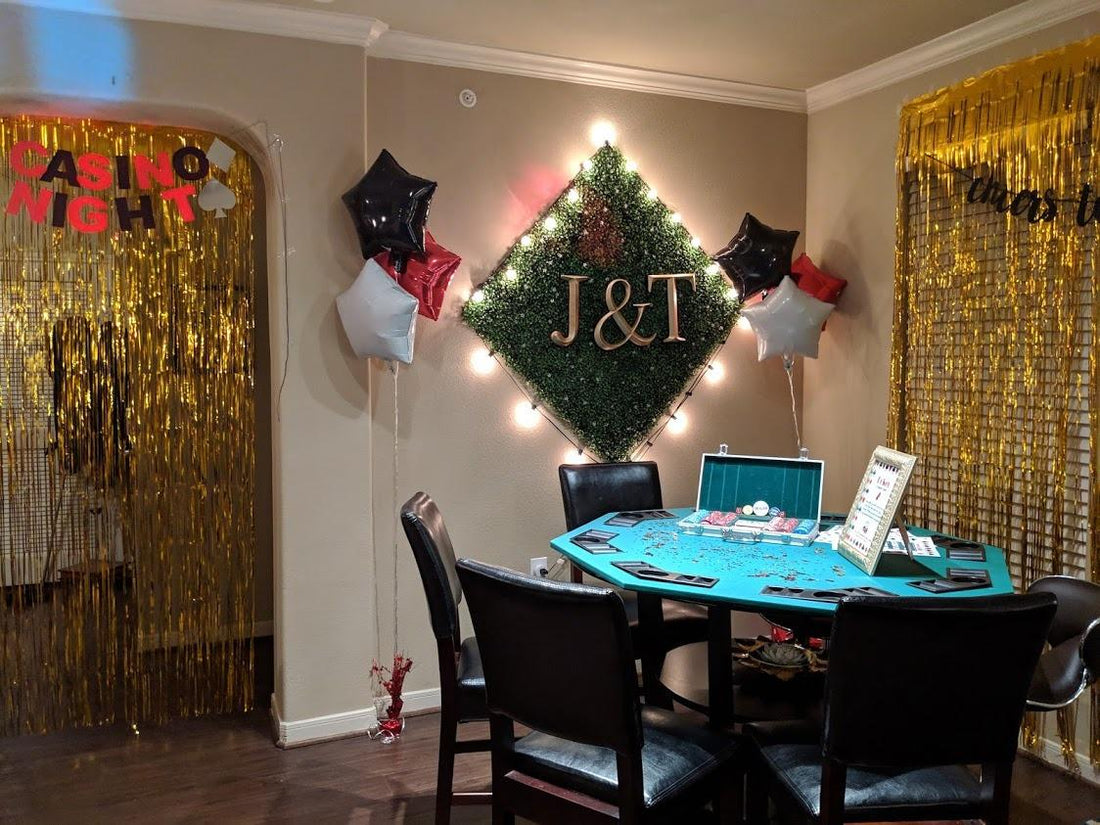
DIY String Light Planters: A Creative Way to Illuminate Your Outdoor Space
If you're looking to add charm and elegance to your patio, deck, or backyard, DIY string light planters are a perfect solution. Combining the natural beauty of plants with the warm glow of string lights creates an inviting atmosphere for any outdoor gathering. These unique light fixtures not only provide soft illumination but also serve as eye-catching decorative elements. In this guide, we’ll walk you through how to create DIY string light planters, the materials you need, and tips for ensuring durability and style.
Why Choose DIY String Light Planters?
1. Enhances Outdoor Aesthetics
String light planters create a cozy, ambient setting that enhances your outdoor space. Whether used for a garden party, a quiet evening, or a romantic dinner, they bring warmth and charm to your surroundings.
2. Affordable and Customizable
DIY string light planters allow you to customize the look based on your space, style, and budget. With a variety of planter styles, light colors, and materials available, you can create a unique setup that matches your taste.
3. No Need for Overhead Fixtures
If you don’t have existing posts or structures to hang string lights, planters with poles provide an easy and stylish solution. They eliminate the need for drilling holes in walls or setting up expensive structures.
4. Perfect for Any Outdoor Space
Whether you have a spacious backyard, small balcony, or patio, string light planters work in any setting. Their versatility makes them a great option for renters or homeowners looking for temporary lighting solutions.
How to Make DIY String Light Planters
Materials Needed:
- Large planters (at least 12-16 inches wide for stability)
- Sturdy wooden or metal poles (8-10 feet tall)
- Quick-setting concrete or sand
- Outdoor-rated string lights (LED options are best for energy efficiency)
- Plants or decorative fillers (flowers, shrubs, or artificial greenery)
- Hooks or clips for attaching lights
- Drill and screws (if needed for pole reinforcement)
Step-by-Step Guide to Making String Light Planters
Step 1: Choose Your Planters
Select large, heavy-duty planters that can hold enough weight to prevent tipping. Ceramic, stone, or wooden planters work well.
Step 2: Insert the Poles
Place the wooden or metal poles in the center of each planter. If using wood, consider weatherproofing it with outdoor paint or sealant.
Step 3: Secure the Poles
To ensure stability:
- Fill the planter with quick-setting concrete (best for permanent installations) OR
- Use sand or gravel (for a removable setup).
Allow the concrete to dry completely (about 24 hours) before proceeding.
Step 4: Add Decorative Elements
Once the poles are secure, plant flowers, vines, or artificial greenery around the base to enhance the aesthetic. You can also use decorative stones or mulch for a finished look.
Step 5: Attach the String Lights
- Use hooks, eye screws, or clips to attach the string lights securely to the poles.
- Drape the lights from pole to pole, ensuring they have enough slack for a gentle curve.
- Plug them into an outdoor-rated power source, preferably with a timer or smart plug for convenience.
Step 6: Test and Enjoy
Turn on the lights to check the alignment and brightness. Make any necessary adjustments to ensure an even glow.
Best Places to Use DIY String Light Planters
1. Patio or Deck
Line your patio or deck with string light planters to create a cozy, illuminated retreat for relaxation or entertaining guests.
2. Backyard Dining Area
Place the planters around an outdoor dining table to set the mood for romantic dinners or fun family gatherings.
3. Garden Pathway
Use tall planters with string lights to define garden paths or walkways, adding both functionality and visual appeal.
4. Small Balconies
For apartments with limited space, mini planters with string lights provide a stylish lighting solution without permanent installations.
Tips for Maintaining String Light Planters
- Choose weather-resistant materials: Opt for LED string lights and outdoor-rated poles to ensure durability.
- Secure lights properly: Use cable ties or clips to keep the lights in place during windy conditions.
- Use timers or solar-powered options: This helps with energy efficiency and hassle-free operation.
- Protect electrical connections: Use outdoor-rated extension cords and weatherproof outlets for safety.
FAQs About DIY String Light Planters
1. How do I keep my string light planters from tipping over?
Ensure stability by using heavy planters and securing the poles with concrete or weighted materials like sand or gravel.
2. What type of string lights should I use for outdoor planters?
Use weatherproof, LED string lights with shatterproof bulbs to withstand outdoor elements and last longer.
3. Can I use solar string lights for my planters?
Yes! Solar-powered string lights are an eco-friendly option that eliminates the need for electrical outlets.
4. How far apart should I place my string light planters?
For a balanced look, position planters 6-10 feet apart, depending on the space and light coverage desired.
5. Can I move my string light planters easily?
If you use sand or gravel instead of concrete, the planters can be moved as needed. Otherwise, concrete-secured poles are more permanent.
Conclusion
DIY string light planters are a simple yet effective way to elevate your outdoor lighting while adding beauty and ambiance to any space. Whether you’re creating a cozy patio, a backyard oasis, or a festive event setup, these stylish lights offer both functionality and charm. By following this guide, you can design a customized, budget-friendly lighting solution that enhances your outdoor experience. Try out this project and transform your space into a beautifully illuminated retreat!








